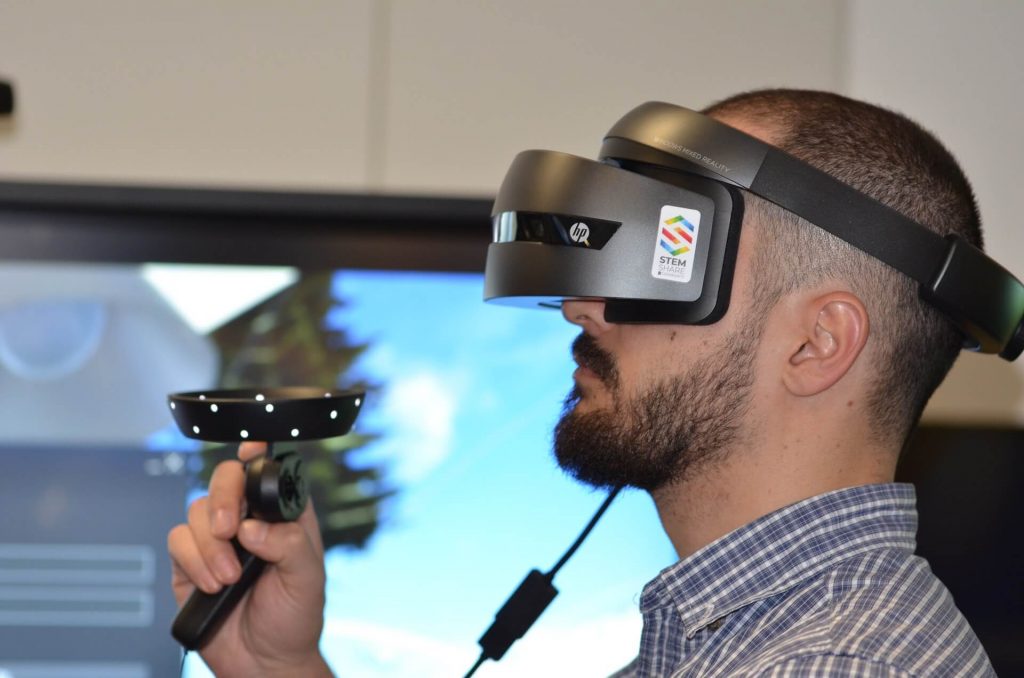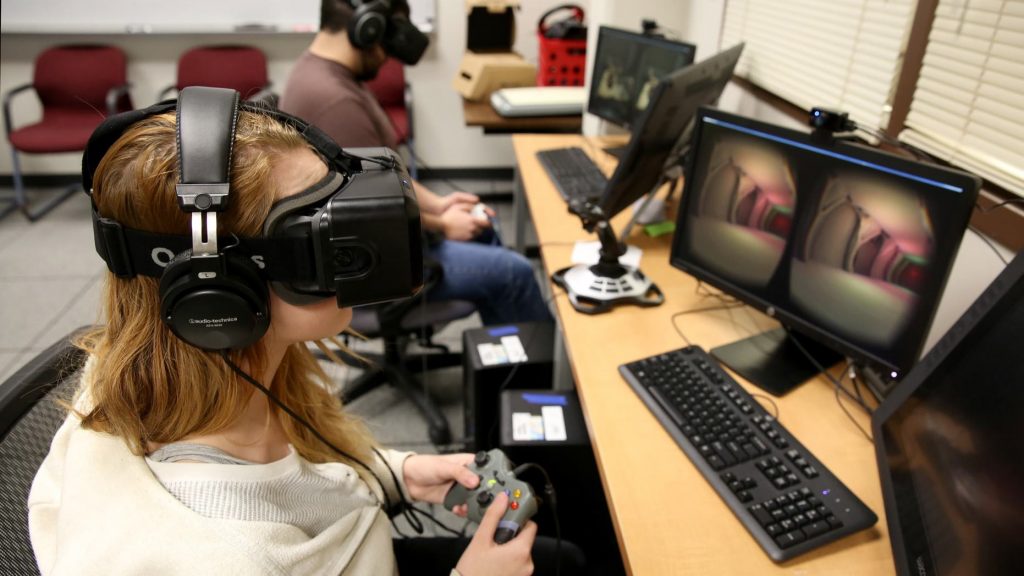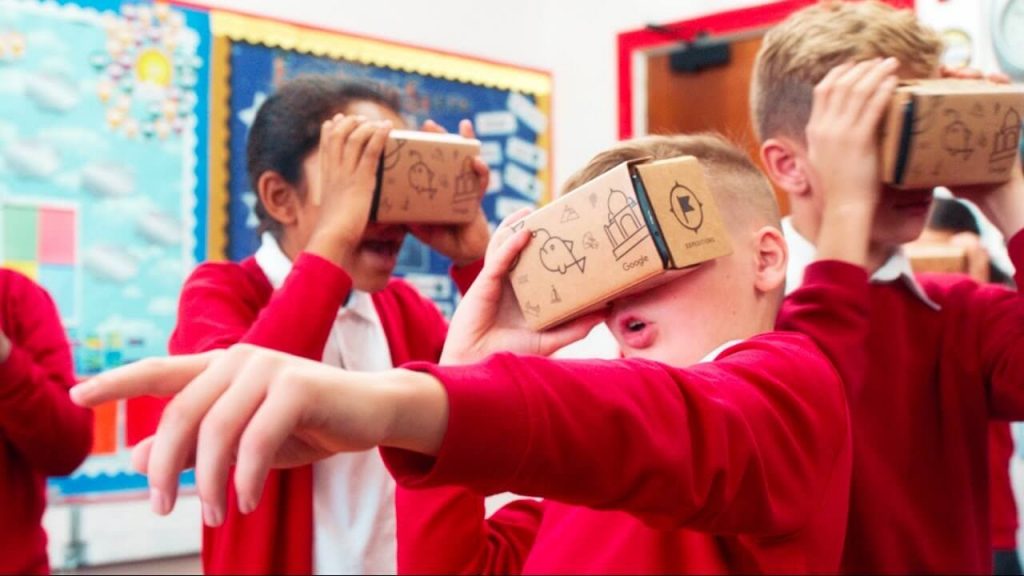As businesses around the world postpone and cancel in-person meetings in response to the novel COVID-19 virus, workplace learning is emerging as one of the earliest and hardest-hit business activities. However, businesses can’t afford to put capability building on hold. Whether the effort is reskilling at the business-unit level or a company-wide aspirational transformation, companies can’t simply push the pause button on critical workplace learning, even as they move rapidly to put employee safety first.
Covid-19 is expediting training to go digital
COVID-19–accelerated adoption of emerging technologies will revolutionize the frontline staff education and training process and become a new normal once the COVID-19 crisis ends, says GlobalData, a leading data, and analytics company. The right technology can become a transformational force in the healthcare sector. With the ongoing COVID-19 crisis, the demand for remote training is increasing, eventually assisting the uptake of digitalization and innovations in the training field.
A substantial increase in the use of digital delivery globally is underway across all segments of the workforce, from frontline managers to senior leaders. While online learning is being criticized as not as effective as hands-on experience to gain practical skills, interactive emerging technologies such as virtual and augmented realities can play a key role in addressing this training challenge. By being accessible 24/7, online education provides a consistent, cost, and time-effective way to gain more knowledge and get trained.
Digital training will be the new normal
Learning leaders who implement a thoughtful response plan for COVID-19 can minimize the disease’s impact on capability building and ensure the safety of learners. Expanding learning opportunities—and improving learning overall—can also ultimately serve as a bright spot for organizations through this difficult period. While artificial, virtual, and mixed realities were already used as tools to aid education, COVID-19 presents new opportunities for these technologies. The efforts to integrate innovations in technology and training are prompting new deployments and application concepts.






